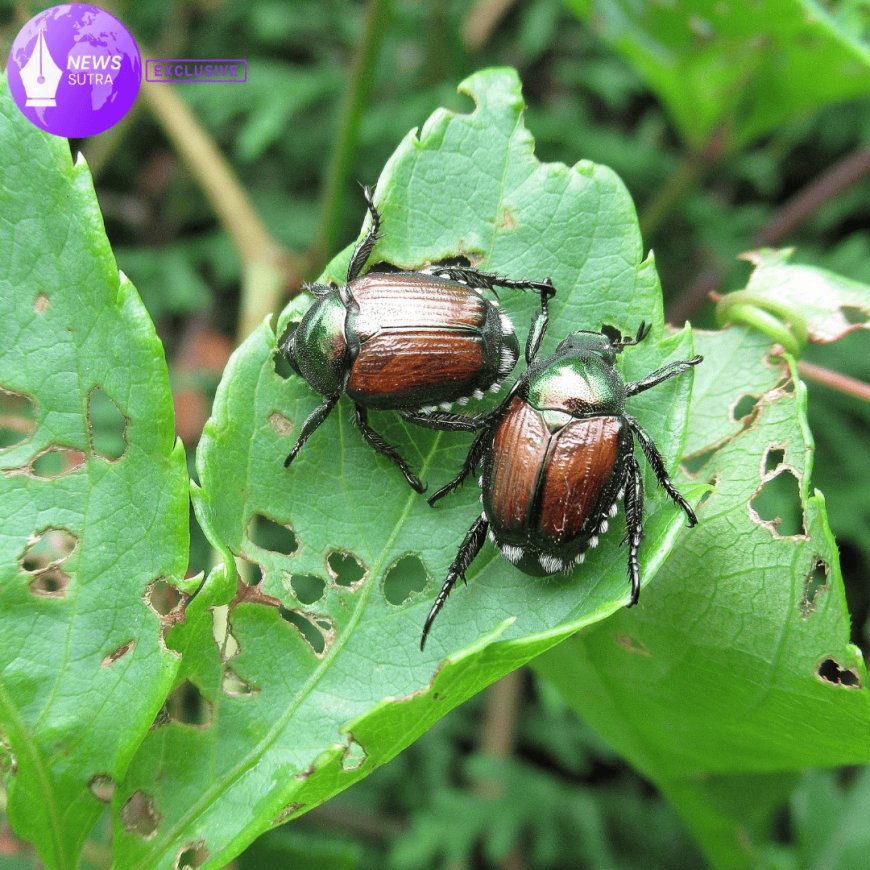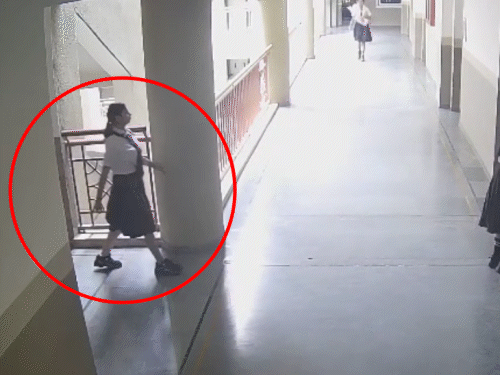The Silent Struggle: How the U.S. Is Quietly Losing Its Battle Against Invasive Species
Invasive species are costing the U.S. billions in damages each year, threatening farmers, biodiversity, and local economies. Here’s why America is quietly losing this battle.

When Americans think of national security threats, they rarely picture zebra mussels clogging pipes in the Midwest or feral hogs tearing through farmlands in Texas. Yet across the country, invasive species are inflicting billions of dollars in damage each year, undermining agriculture, threatening biodiversity, and straining local economies. Despite decades of scientific warnings, the U.S. remains on the defensive—reacting rather than preventing—while the problem steadily worsens.
A Growing Ecological Crisis
Invasive species are plants, animals, or pathogens introduced—often unintentionally—into ecosystems where they don’t naturally belong. Free from predators and natural checks, they multiply rapidly, overwhelming native species. According to the U.S. Department of Agriculture, invasive species cost the economy over $120 billion annually in crop losses, livestock harm, and ecosystem damage.
Examples are everywhere:
-
Asian carp now dominate stretches of the Mississippi River, threatening native fish populations.
-
Emerald ash borers have killed millions of trees across the Midwest and Northeast, reshaping entire landscapes.
-
Fire ants continue to spread across the southern U.S., stinging both people and livestock while damaging crops.
What makes these cases alarming is not just the ecological toll but the speed at which these species adapt and expand. Once established, eradication is nearly impossible.
Farmers and Small Communities on the Frontline
While federal agencies track major outbreaks, it is often small-town farmers and local officials who deal with the consequences. In Georgia, pecan farmers report significant crop losses linked to invasive ambrosia beetles. In California, vineyard owners spend heavily on pesticide treatments to fight the glassy-winged sharpshooter, which spreads the destructive Pierce’s disease among grapevines.
Rural mayors, particularly in states like Louisiana and Florida, describe invasive species as an “unseen tax” on their communities. Municipal budgets are increasingly diverted to manage waterways clogged by hydrilla or to repair infrastructure damaged by burrowing nutria. Yet these struggles rarely make national headlines.
Why Prevention Is Falling Short
Experts argue that the U.S. response remains fragmented. The federal government maintains multiple agencies addressing invasive threats—the USDA, Fish and Wildlife Service, and National Oceanic and Atmospheric Administration (NOAA)—but coordination is inconsistent. Ports of entry inspect shipments, yet gaps allow non-native species to slip through in ballast water, wooden pallets, or imported plants.
“The problem is systemic,” says Dr. Karen Dlugos, an ecologist at the University of Minnesota. “We are excellent at reacting once invasive species have spread, but prevention requires resources, political will, and international cooperation. Right now, we’re simply not there.”
For more on ecological damage, the National Invasive Species Council provides data and updates on ongoing federal strategies (invasivespecies.gov).
Biodiversity at Stake
Beyond economic impact, invasive species are reshaping America’s natural heritage. Native species—from Appalachian salamanders to desert tortoises—are declining as invaders outcompete them for food and habitat. Scientists warn that this ecological imbalance could accelerate biodiversity loss in the U.S., undermining conservation efforts.
The International Union for Conservation of Nature (IUCN) has labeled invasive species as one of the top five drivers of global biodiversity decline, alongside climate change and habitat destruction. This makes the U.S.’s struggle not just a domestic issue, but part of a larger global crisis.
Innovative Local Responses
Despite the challenges, communities are experimenting with creative solutions:
-
Citizen science apps are helping volunteers log invasive plant sightings in real time.
-
Biological control programs—such as releasing predatory insects to combat invasive plants—are showing cautious success.
-
Public-private partnerships with farmers are funding new barriers against invasive pests in key agricultural states.
These grassroots measures reveal that while the federal framework lags, innovation is bubbling at the local level.
What’s at Stake
If left unchecked, invasive species will not only reshape America’s ecosystems but also deepen economic vulnerability. Agriculture, forestry, fisheries, and even tourism face mounting risks. Yet the issue rarely captures public attention compared to climate change or pollution.
The quiet truth is that the U.S. is already losing this battle. The question now is whether policymakers, scientists, and communities can pivot toward prevention and innovation before the costs become unmanageable.
For more insights into ongoing scientific solutions, visit the United States Geological Survey (USGS) resources on invasive species (usgs.gov).
What's Your Reaction?
 Like
0
Like
0
 Dislike
0
Dislike
0
 Love
0
Love
0
 Funny
0
Funny
0
 Angry
0
Angry
0
 Sad
0
Sad
0
 Wow
0
Wow
0








































































